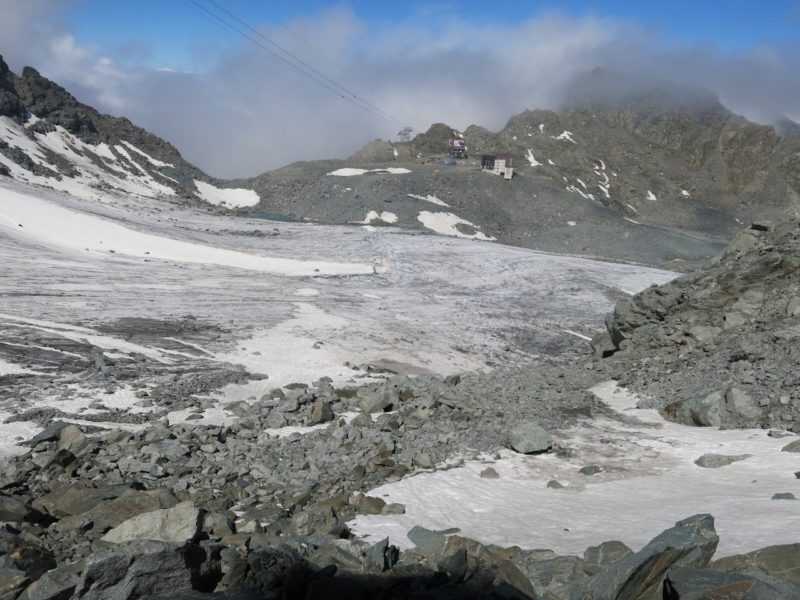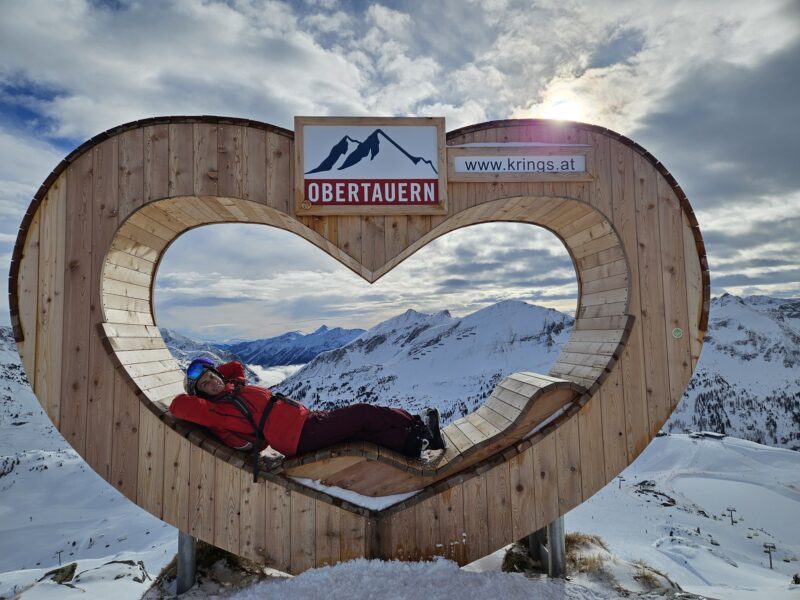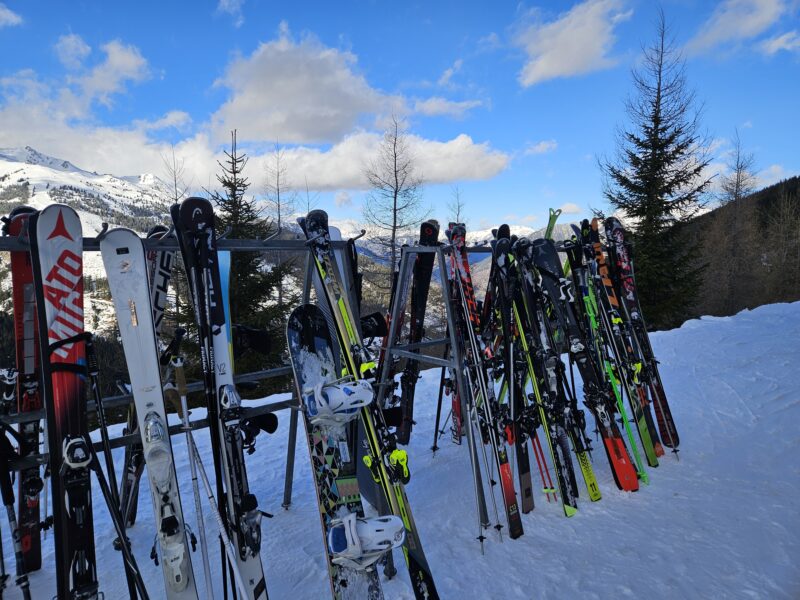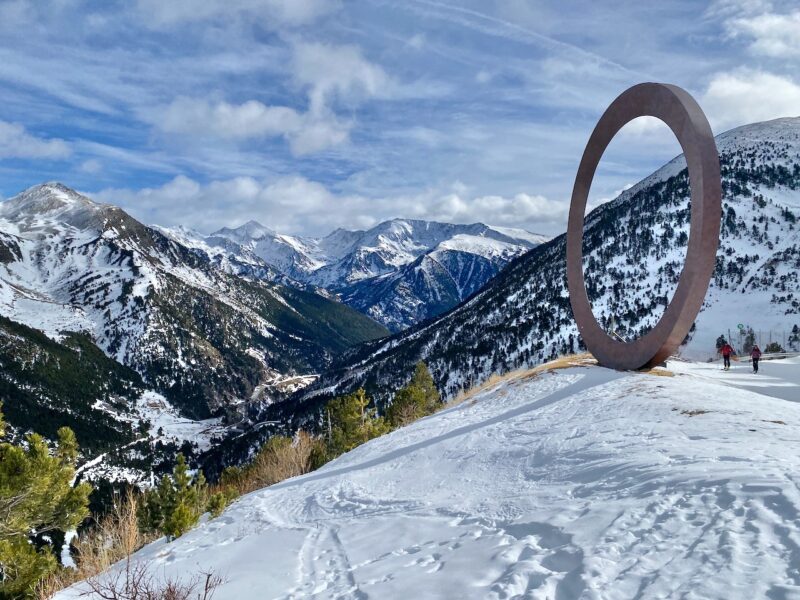HOW TO DECIDE WHAT TO WEAR TO SKI
2nd March 2020
Last modified on May 15th, 2021
It shouldn’t be that difficult, but it is, especially for the inexperienced. Our friends at Maison Sport come to the rescue.
The company, which allows you to book your independent ski and snowboard instructor online, is good at coming up with useful advice.
Here are a few of them we’ve featured this season.
Four Top Ways For Kids To Carry Their Skis
Top Tips For Skiing With Children
The latest list from Maison Sport looks at 5 things to consider when deciding how to dress for a day on the slopes.
Air temperature
First, let’s state the obvious; the temperature outside makes a huge difference to what you wear.
The mountains can be as cold as — 30 degrees C or as warm as +30 degrees C and therefore it is important to check what the expected weather temperature will be.
On a cold day it is always best to “layer up”, starting with a merino wool base layer.
The great thing about using layers is that you can always take clothes off, to get yourself to the right temperature.
Wind Speed
The second most important thing to consider is the wind.
Wind can make a huge difference to the temperature you feel on your skin, and even a relatively mild air temperature of -2 degrees C, can quickly drop to feeling like -10 degrees C if the wind picks up to 20mph.
Your choice of jacket makes a big difference on a windy day and often separates the good quality ski jackets from the bad.
Top tip: A great addition is a buff neck warmer or balaclava, which will help stop a draught going down your neck and protects the skin on your face.
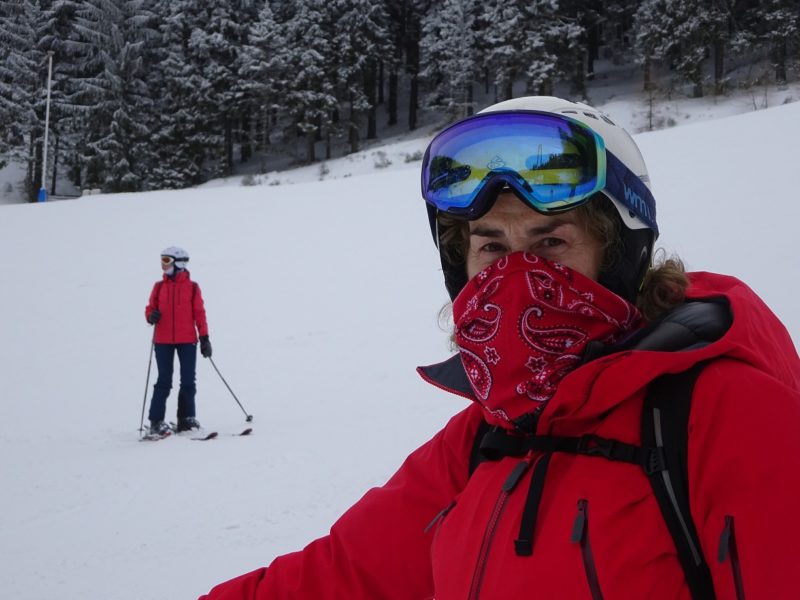
Stop draughts with a buff neck warmer. Image © Rod Frazer.
General weather conditions
Snow, sun, rain, hail, fog etc.
All these weather conditions can have a huge effect on the relative air temperature.
Luckily all can be checked easily by looking on winter weather forecast sites.
Fresh snow
Without a doubt fresh snow can be the most tiring type of snow conditions to ski in, inevitably raising your heart rate and body temperature.
On these days it’s important to carry a rucksack and to be wearing layers that can be put on or taken off as necessary.
Altitude
Temperatures drop considerably the higher up you go.
A general rule of thumb is that the temperature drops 1 degree Celsius for every 100 metres climbed.
So, if sticking your arm out the window in the morning is your normal temperature test, make sure you consider how much colder it’s likely to be once you reach the top of the mountain.

